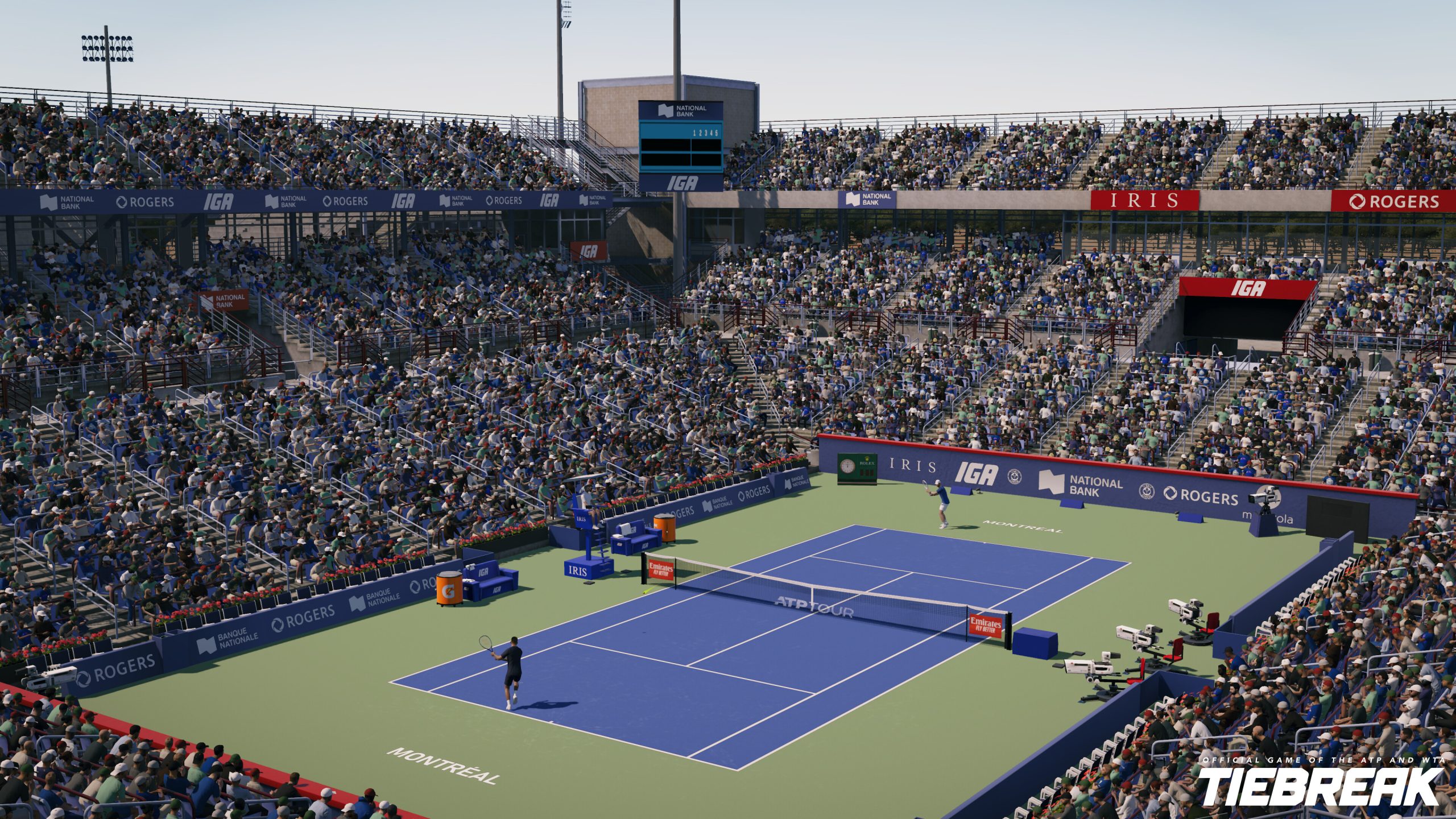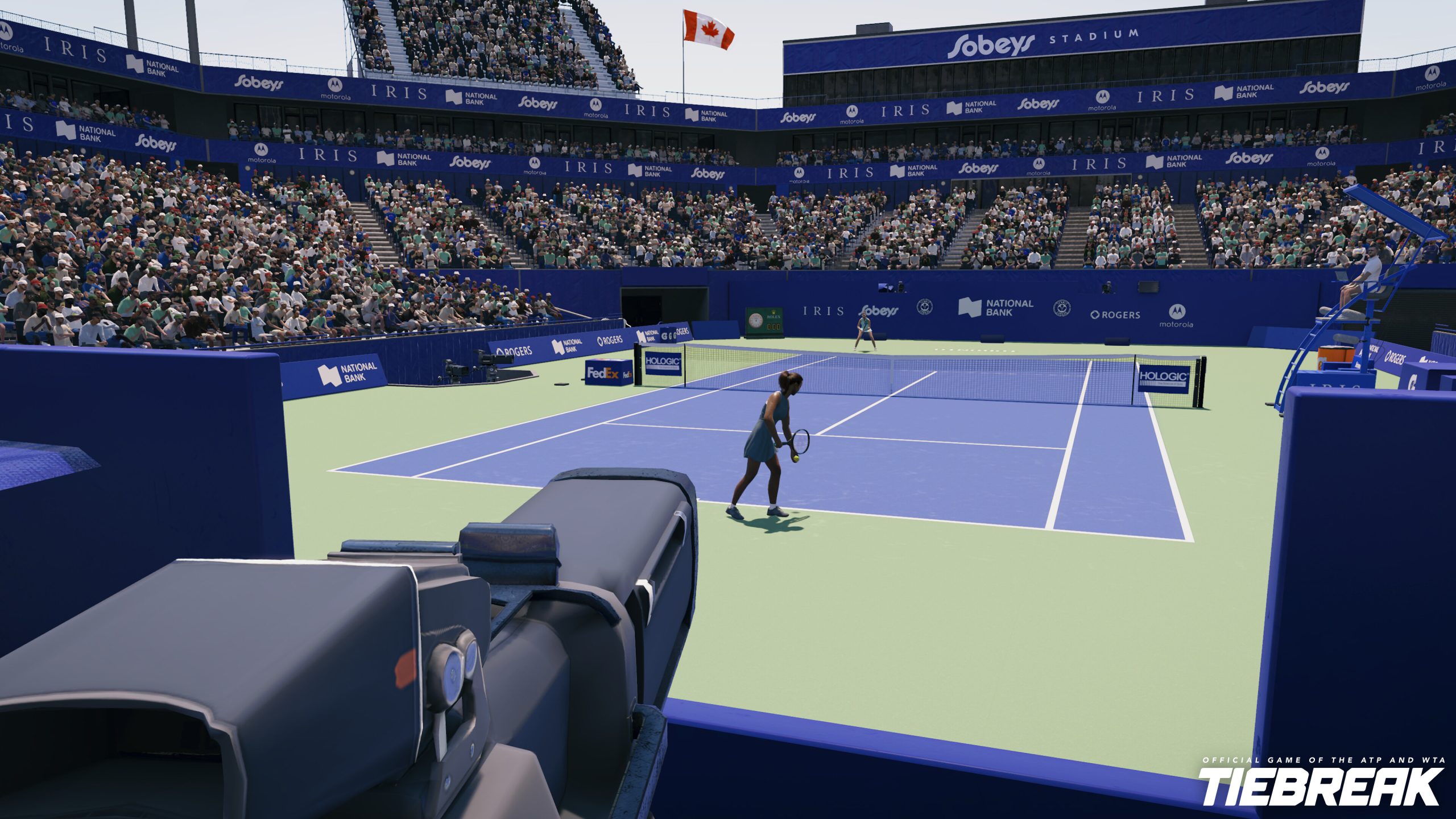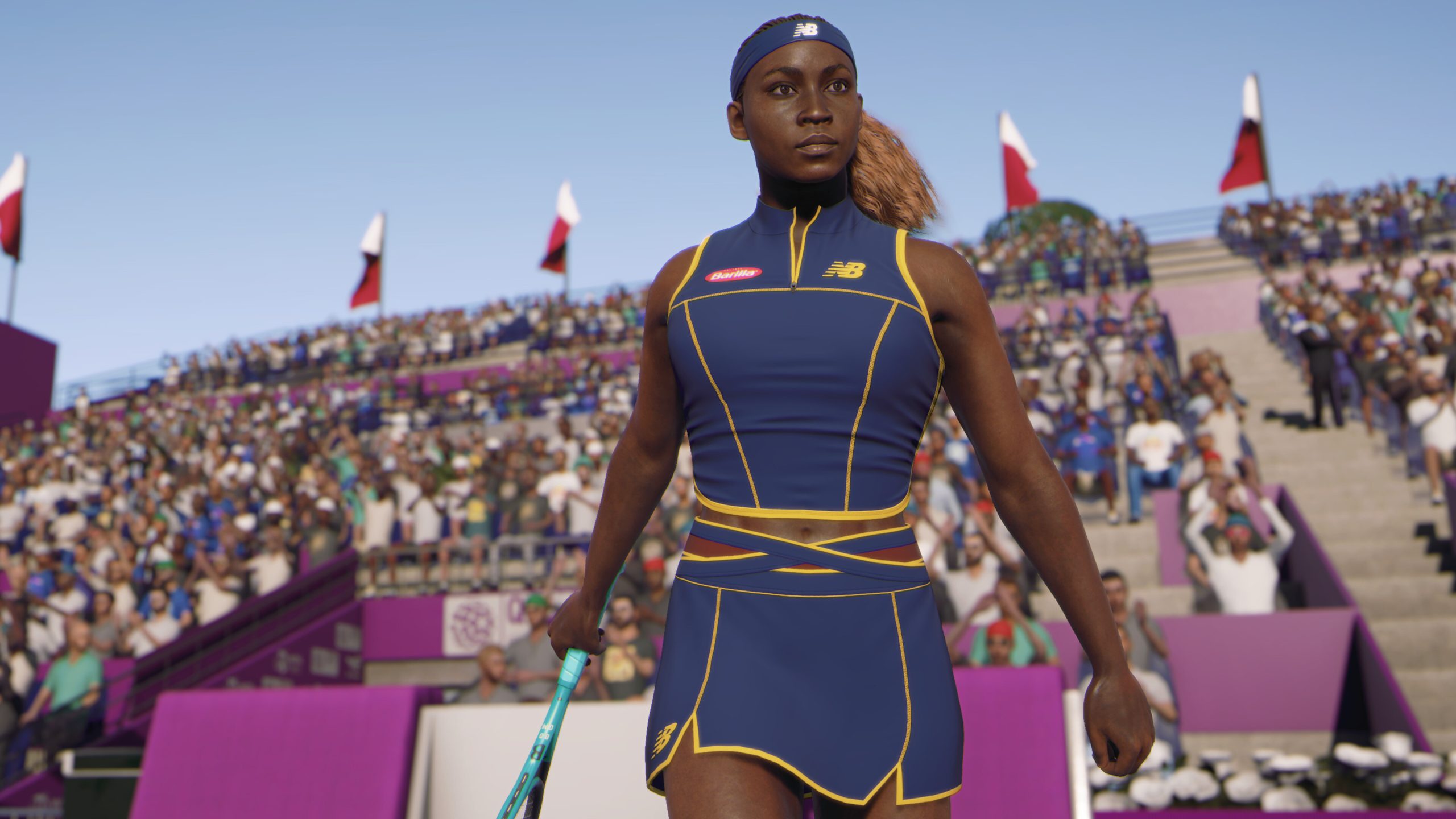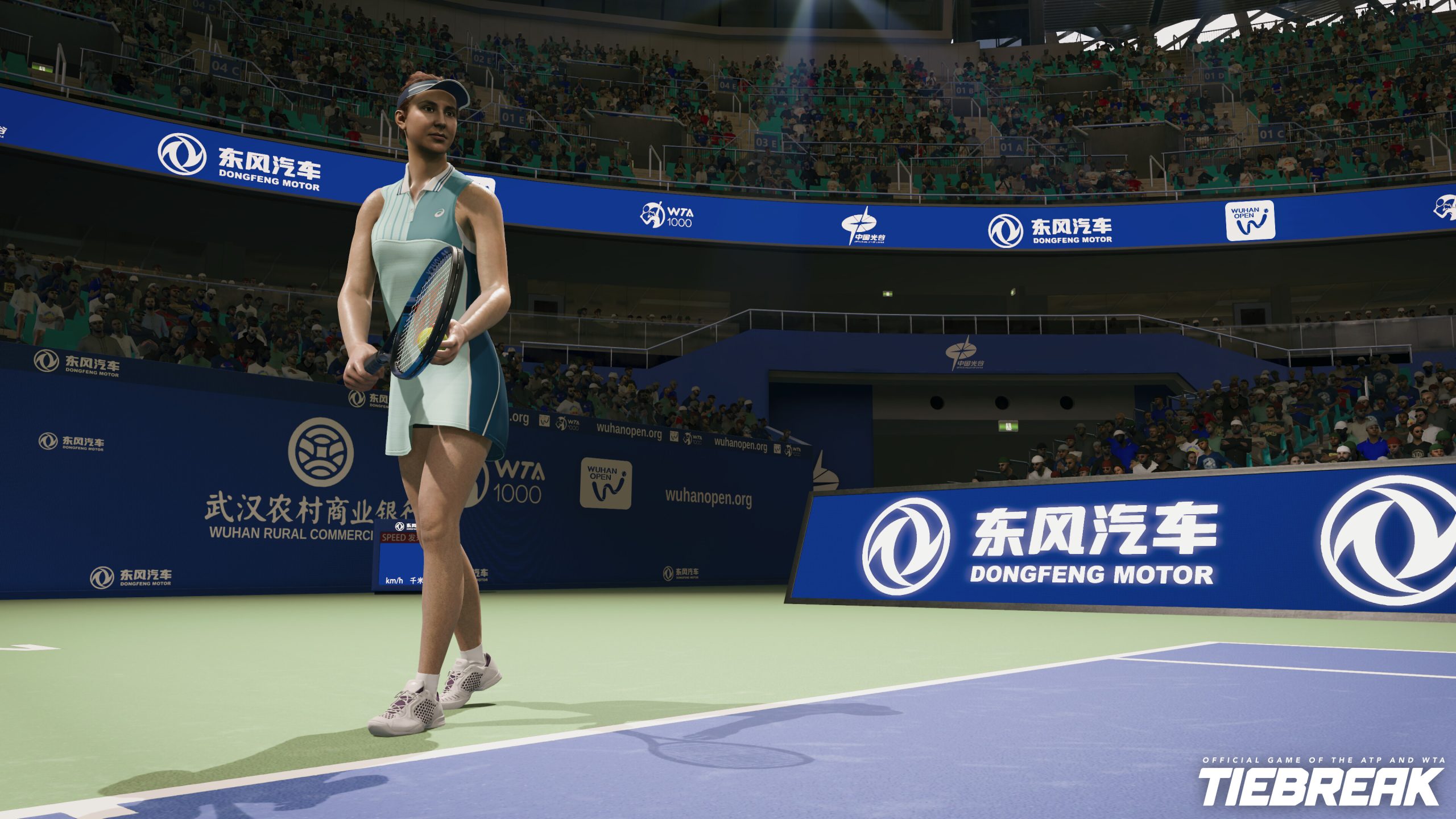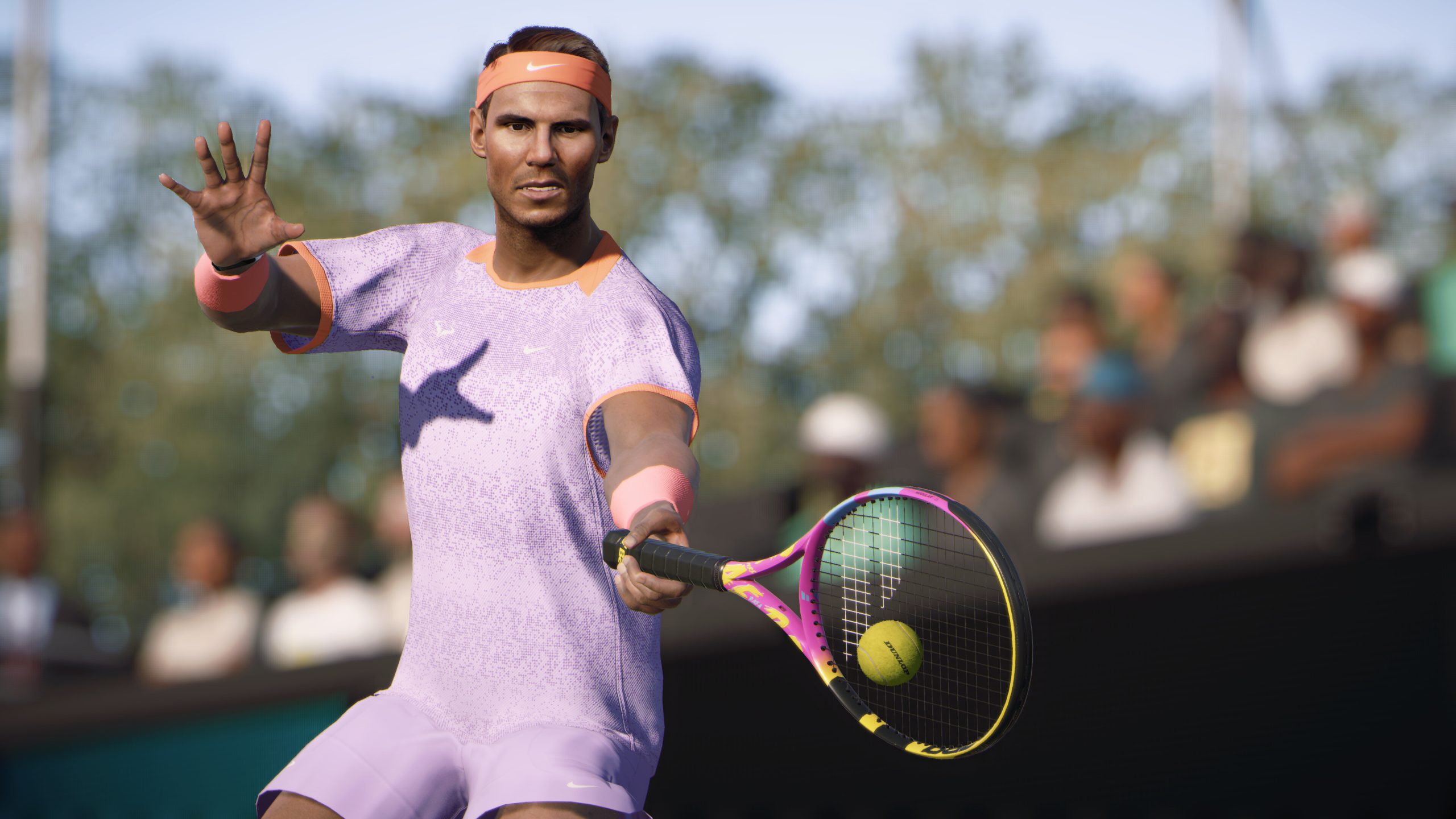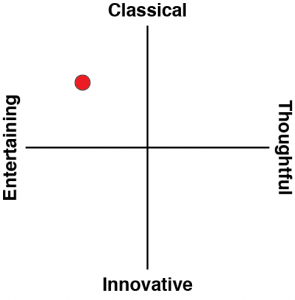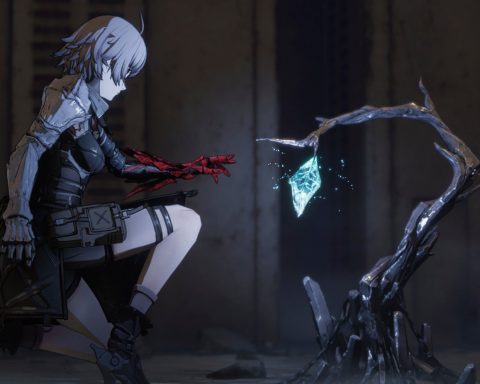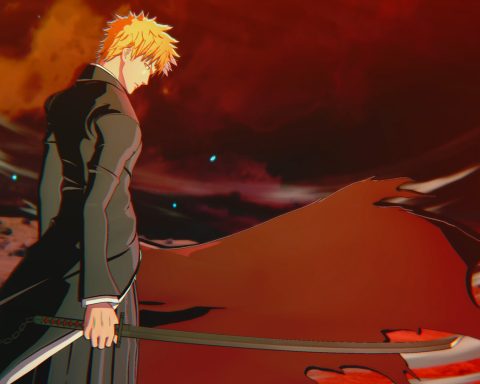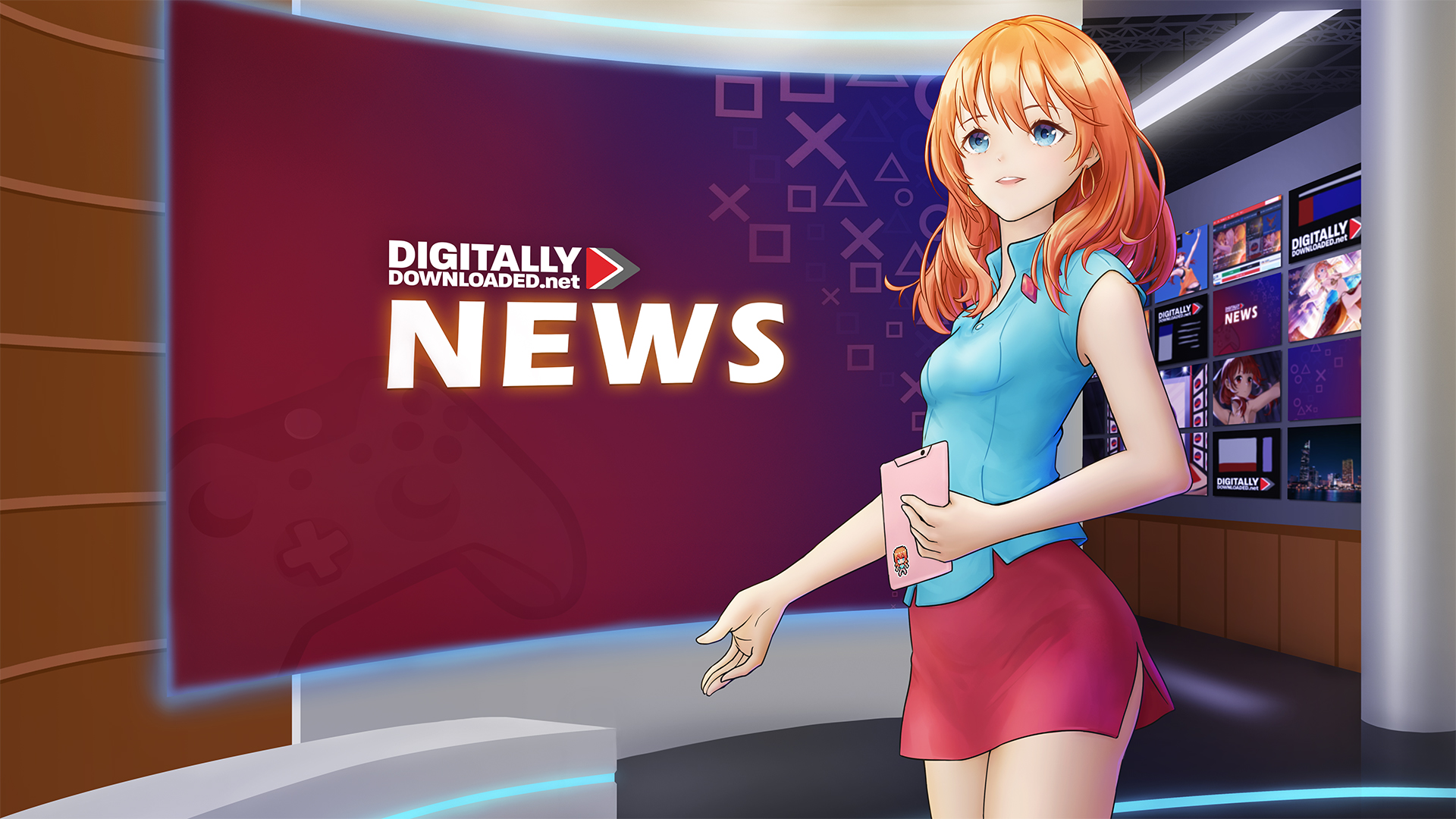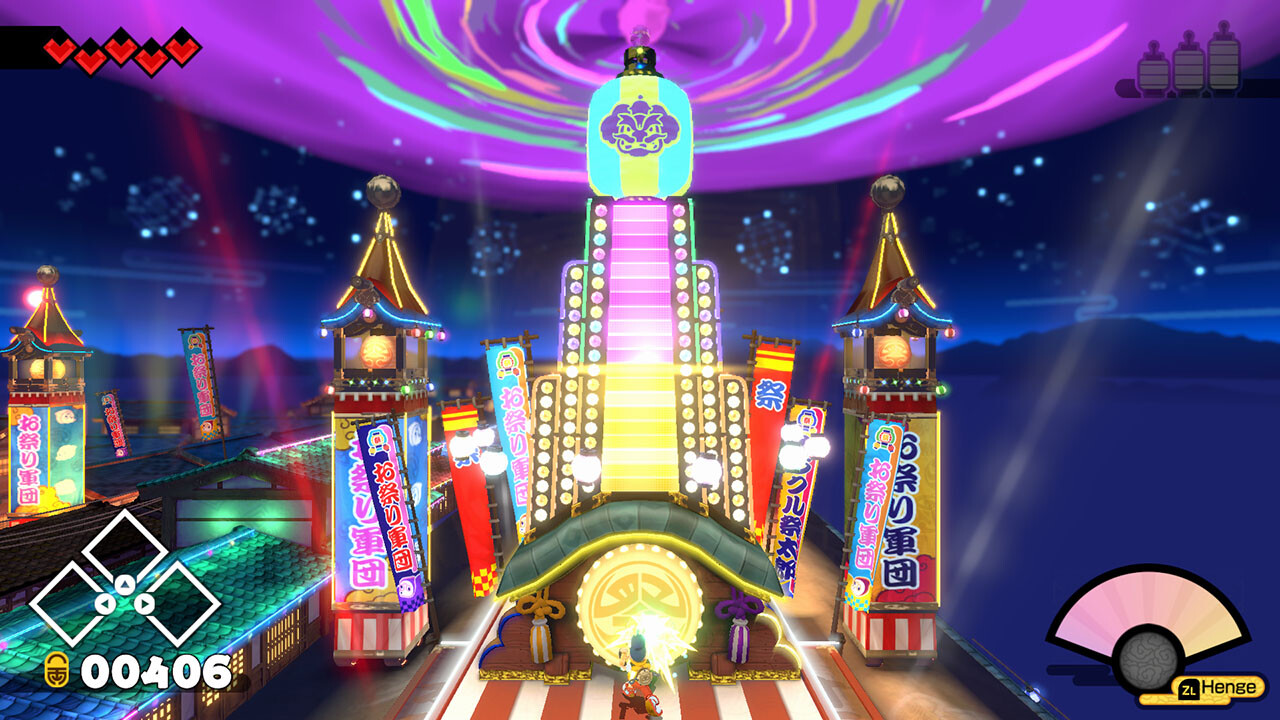Tennis is a difficult sport to bring into video game form. It’s not because the sport itself is mechanically challenging. Compared to the likes of football it is limited both in terms of the number of players competing and the expansive flow of the game. And compared to something like baseball the physical dynamics are not as complex. Tennis is, in many ways, advanced Pong, meanwhile, they didn’t even come close to producing an authentic game of baseball until relatively recently. And yet for other reasons it’s arguably the most difficult sport to actually impress fans with. Tiebreak: Official game of the ATP and WTA, is in so many ways the finest tennis game that we’ve seen. It’s only in one area – an area that no one has really found a solution to to date – that it highlights how challenging the sport is for game developers.
To start with it’s important to note how generous the game is compared to its immediate rival. There’s not a whiff of microtransactions in Tiebreak. There are also an order of magnitude more licensed players. Like is typical of Big Ant, Tiebreak is buy once and enjoy it all, and it’s genuinely impressive that the company has stuck by that philosophy while its competitors drown us in gambling and aesthetic things that really should be standard unlocks.
It is also as good to look at as tennis ever needs to be. All the licensed players look like good, authentic takes to their real personas, and the various courts are likewise modeled well. There’s the occasional stiff animation (particularly during replays), but for the most part, it’s all very authentic. The career mode in particular shines. I might have liked to see a bit more non-tennis meat to your journey from tournament to tournament, but what’s there is impressive and immersive. Big Ant might not have the budget to turn sport into a Hollywood film like EA does, but you could place this game’s career mode against MLB The Show’s and the experience of playing through each would be indistinguishable. That deserves credit.
Meanwhile, the on-court action feels really good. Is it perfect? No, but its flaws are tiny, forgivable, and don’t let the fundamental gameplay down. I had issues with the volley game being a little too twitchy and imprecise, and the flat shot feels like it has a very high risk of resulting in the ball slamming into the net, given how little benefit it offers over the topspin shot in terms of both precision and power. I’m also not convinced there is enough difference between the court surfaces for it to change your strategic approach to play. Finally, the game is very stingy with giving out the aces, and that’s largely because the AI has a perfect return game built into it (we’ll get into that more soon). However, none of this really matters given that the fluidity of stroke-making and the simple feel of driving a winder home is spectacular. Tiebreak is, first and foremost, fundamentally fun for point after point.
When a rally does start to draw on, it’s amazing just how intense it can get. Tennis is a cruel sport in that you can sprint like crazy across the backcourt to defend for a dozen shots, work yourself into a position of dominance, and then either throw the point away by making an ill-advised shot, or have a lapse of judgment for a heartbeat which leaves a gap open for your opponent to drive through. These can be frustrating, but thrilling moments. Conversely, grinding out a victory when your opponent seems to have you running from corner to corner is incredibly satisfying, and Tiebreak does offer all of that. The developers have clearly worked so incredibly hard to refine something that really understands the flow of the sport, and Tiebreak is there.
The one and only “problem” – and it’s more to do with how the sport works in real life than anything Big Ant has done – is the AI. From a game development point of view, tennis’ single biggest challenge is that it’s a sport of personalities as much as it is mechanics. As far as measurable metrics are concerned (i.e. what you’d distill down to “player attributes”), most of the top players are within fractions of one another. Even the greats are only very marginally better, physically and technically, than the players they routinely beat.
The difference is in temperament and game style. Where some players would take a risk, the great players don’t… and when some play conservatively the great players know how to go hard. A great player will mix up rhythm and pacing, will experiment and probe for weaknesses and, once found, relentlessly target that weakness. Every sport has its personalities, but with team sports, the nature of teamwork and its tactics means that the individual heroics are usually (not always, but usually) not enough to carry a team. Consequently, it doesn’t matter so much if, say, Cristiano Ronaldo is only an avatar with really good statistics and not much “Ronaldo behaviour” on display. As long as he’s upfront scoring goals because the rest of the team has strategically and intelligently worked the ball up to him, it feels like authentic football. The mechanics mean more than the personality. With tennis, it’s the other way around. It’s just the one player on the other side of the court, and if they behave like a “wall” – a mechanical object that is very good at returning the ball but doesn’t hit it with the character of the specific player being displayed – it’s far more noticable.
Tiebreak has various player types buried within the statistics – some players supposedly prefer to scramble, some like their backhands more than their forehands, and so on – but I’m not sure this makes a difference in AI behaviour. If it does, it’s very, very subtle. So much so that if you were to blank out the AI opponent I was playing, and hide their swing styles (which doesn’t have a gameplay impact), and then ask if I was playing Djokovic or Sinner, I would be flipping a coin to guess. They all look the part – and again the art direction and photogrammetry techniques used mean that they they look genuinely good – but for all intents and purposes you are playing effectively the same player each time you step out on the court.
As an aside, to give you another hint that the game is overly artificial with the AI, when you’re serving, you’ve got three options – a flat serve, a kick serve, and a slice serve. If you toggle over to the slice serve option, your opponent will immediately reposition themselves to return that particular type of serve, before you’ve even tossed the ball in the air. In reality, of course, they should have no idea that you’re about to hit a slice serve, short of you yelling out “I’m about to hit a slice serve.” The fact that the AI does this, because it has been programmed to be in the optimal position to return slice serves, makes the slice serve a pointless tactical option. This is a small anecdote but it does highlight the “hitting a wall against a brick wall” quality that Tiebreak can feel like after too many matches in a row.
To be clear, the AI can be incredibly difficult. The power and precision of shots that come your way on the highest difficulty are brutal to deal with. Timing and shot selection matter all the more on your side. If you like a challenge then Tiebreak offers it to you (and the rest of the difficulty modes are nicely balanced so you can find your comfort zone). But it does mean that you’ll walk away from each match without really registering who you are playing. Coming up against Djokovic should be an exciting moment. Something that, in the career mode, you’ve been working towards for hours. It should be an event that is more than him being slightly more difficult because his stats are a bit higher. It should be an opportunity to battle it out against Djokovic’s tactics.
This would actually make the difficulty settings far more interesting to play around with, too. Currently, the lowest two difficulty settings are a case of the AI being almost turned off. Because the only tool that the Big Ant developers have for difficulty is those statistics, by dropping them down the AI barely responds to the ball, let alone shows the ability to move you around the count and try and set up a winner. Even the lowest-level professional players don’t behave like that on court, but playing the likes of Djokovic on these settings is an especially big break from the immersion. There is no joy in winning when the only way to explain Djokovic is that he has a broken foot. Easy mode would be far more interesting if he still played like Djokovic, but simply made more of his usual errors (many more, perhaps) than normal.
The good news is that now that Big Ant has nailed the look, feel and atmosphere of tennis and delivered a take on the sport that is genuinely impressive, there’s only really one thing left for them to focus on for ongoing updates and iterations. Far be it for me to ever suggest that AI is an easy part of game development, but if the Big Ant team can access enough historical records of how the professionals have constructed their games, understand where they target their shots, under what conditions, and where their games break down, then that massive roster, coupled with personality-based AI, would put Big Ant so far ahead of the competition that there’s no catching up. It’s a big data exercise, and it would be so especially worth it for the sport of tennis.
That data is out there and I am entirely confident that Big Ant could develop this capability, given how well they’ve done every other part of the sport of Tennis with Tiebreak. None of this is even a criticism of Tiebreak, since none of the other tennis games have been any better at it. In every key battleground that there is, Tiebreak comes out firmly on top. My hope to see it have a little more on-court personality and make each of those characters a memorable match is really just a wishlist item for the future.
